.png)
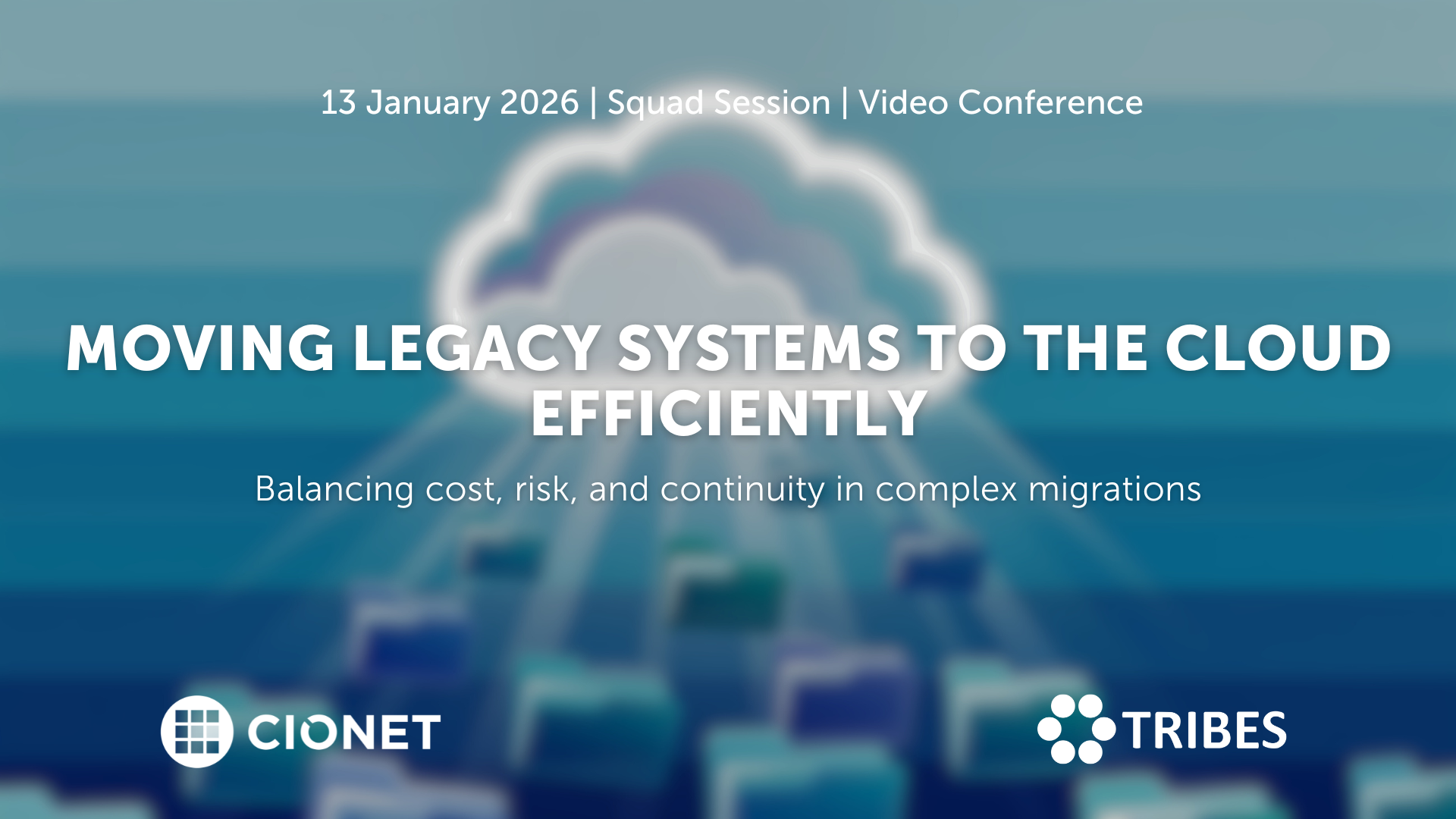
Belgium 13-1-26 Squad Only Virtual english
Migrating legacy systems to the cloud remains one of the toughest balancing acts in IT. Every choice affects stability, cost, and trust at once, and what starts as a modernisation effort quickly turns into a negotiation between ambition and reality. Suddenly budgets rise, dependencies appear late, and timelines tighten as old architectures collide with new expectations. In the end, success depends on sequencing, ownership, and aligning business priorities with infrastructure limits, and not only on technical readiness. Making it work requires more than a plan on paper. Knowing which systems genuinely belong in the cloud, which can wait, and which should stay put shapes the entire roadmap and defines its success. Each refactoring decision sets the level of future flexibility, but it also drives cost and risk. The trade-offs between speed, sustainability, and resilience only become clear once migration begins and pressure builds. Let’s discuss how to plan migrations that stay on track, manage hidden dependencies, and handle downtime with confidence. Let’s also discuss how governance, testing, and vendor coordination keep progress visible and credible. Are you in? A closed conversation for those who turn cloud migration from a disruption into a long-term advantage.
Read More.png)
Belgium 20-1-26 All Members Physical english
CIOs today are being judged less as technology leaders and more as portfolio managers. Every euro is under scrutiny. Boards and CFOs demand lower run costs, higher efficiency, and clear ROI from every digital initiative. Yet, they also expect CIOs to place bets on disruptive technologies that will keep the enterprise competitive in five years. This constant tension is redefining the role. In this session, we go beyond FinOps and cost reporting to tackle the strategic financial dilemmas CIOs face.
Read More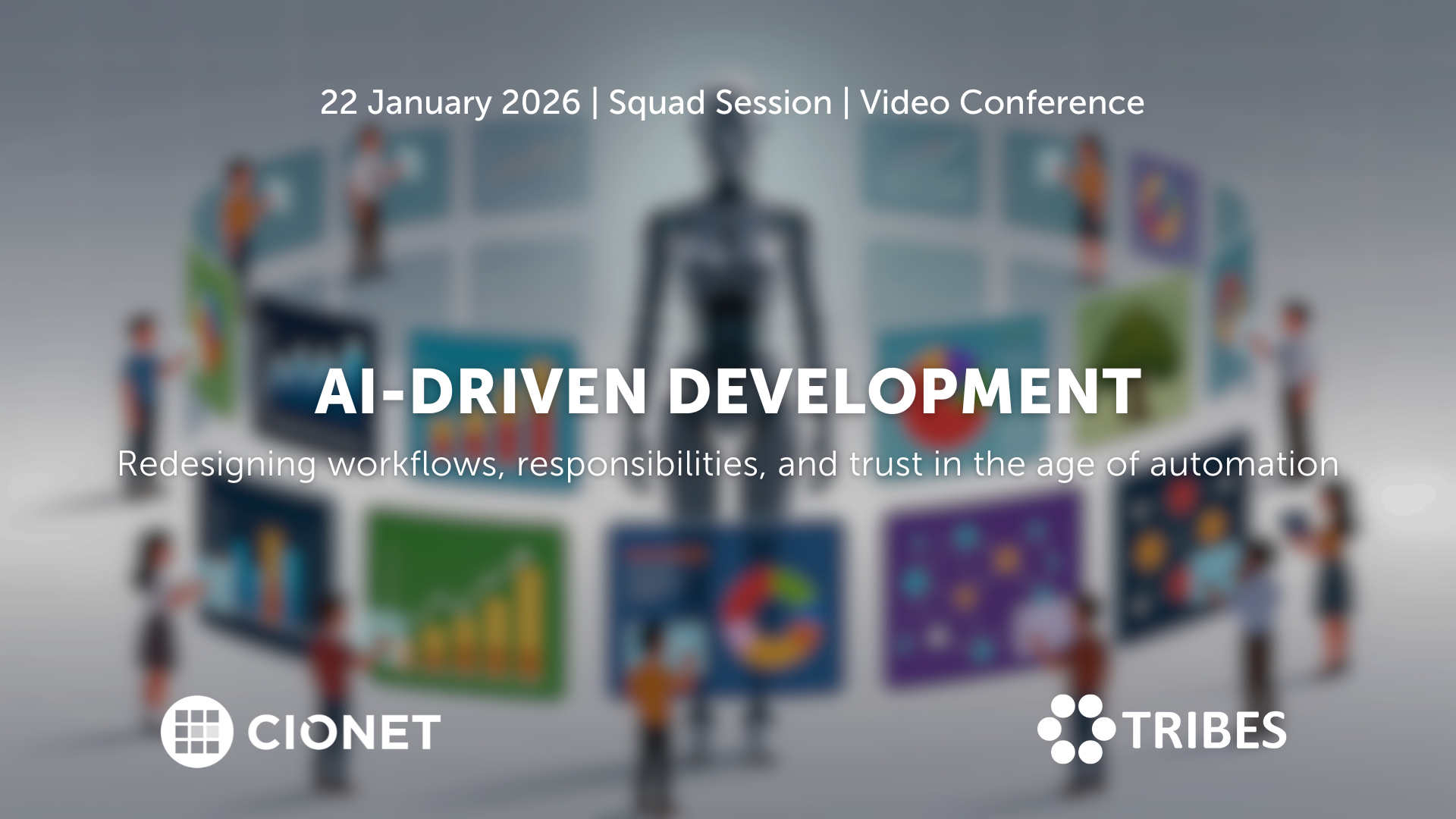
Belgium 22-1-26 Invitation Only Virtual english
AI coding assistants entered development teams quietly, but their impact grows by the day. What started as autocomplete now shapes architecture decisions, documentation, and testing. And when productivity gains are visible, so are new risks: security blind spots, uneven quality, and the slow erosion of shared standards. Teams move faster, but not always in the same direction. The challenge has become integration rather than adoption. And new questions have risen: how do you blend automation into established practices without losing oversight? When is human review still essential, and what should the rules of collaboration between developer and machine look like? As AI tools learn from proprietary code, where do responsibility and accountability sit? Let’s talk about how to redefine those workflows, balancing creativity with control, and protecting code quality in a hybrid human-AI environment. A closed conversation on where AI accelerates progress, where it introduces new debt, and how development culture must evolve to stay credible.
Read More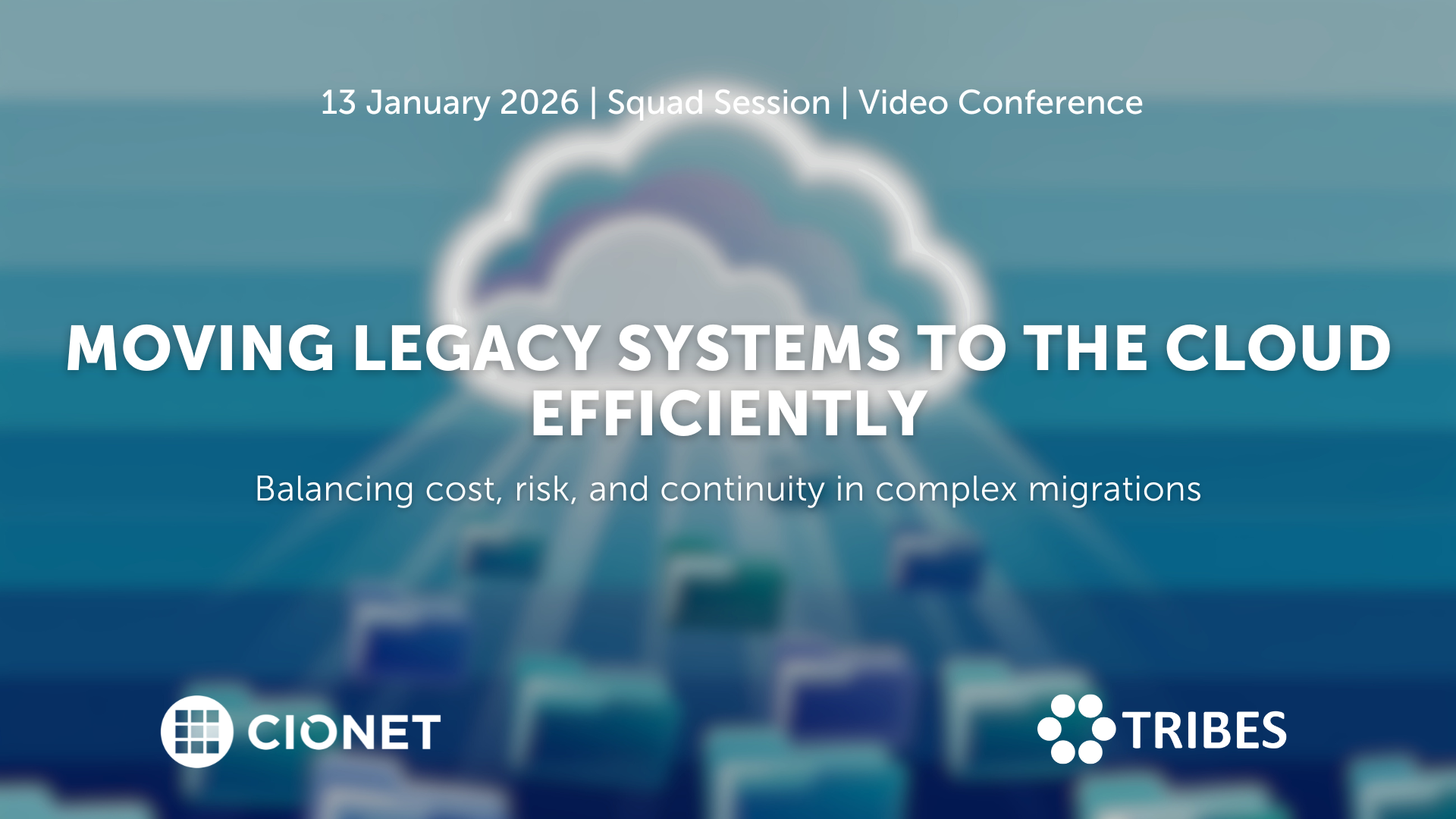
January 13, 2026 Squad Session Invitation Only Virtual english
Migrating legacy systems to the cloud remains one of the toughest balancing acts in IT. Every choice affects stability, cost, and trust at once, and what starts as a modernisation effort quickly turns into a negotiation between ambition and reality. Suddenly budgets rise, dependencies appear late, and timelines tighten as old architectures collide with new expectations. In the end, success depends on sequencing, ownership, and aligning business priorities with infrastructure limits, and not only on technical readiness. Making it work requires more than a plan on paper. Knowing which systems genuinely belong in the cloud, which can wait, and which should stay put shapes the entire roadmap and defines its success. Each refactoring decision sets the level of future flexibility, but it also drives cost and risk. The trade-offs between speed, sustainability, and resilience only become clear once migration begins and pressure builds. Let’s discuss how to plan migrations that stay on track, manage hidden dependencies, and handle downtime with confidence. Let’s also discuss how governance, testing, and vendor coordination keep progress visible and credible. Are you in? A closed conversation for those who turn cloud migration from a disruption into a long-term advantage.
Read More
January 22, 2026 Squad Session Invitation Only Virtual english
AI coding assistants entered development teams quietly, but their impact grows by the day. What started as autocomplete now shapes architecture decisions, documentation, and testing. And when productivity gains are visible, so are new risks: security blind spots, uneven quality, and the slow erosion of shared standards. Teams move faster, but not always in the same direction. The challenge has become integration rather than adoption. And new questions have risen: how do you blend automation into established practices without losing oversight? When is human review still essential, and what should the rules of collaboration between developer and machine look like? As AI tools learn from proprietary code, where do responsibility and accountability sit? Let’s talk about how to redefine those workflows, balancing creativity with control, and protecting code quality in a hybrid human-AI environment. A closed conversation on where AI accelerates progress, where it introduces new debt, and how development culture must evolve to stay credible.
Read More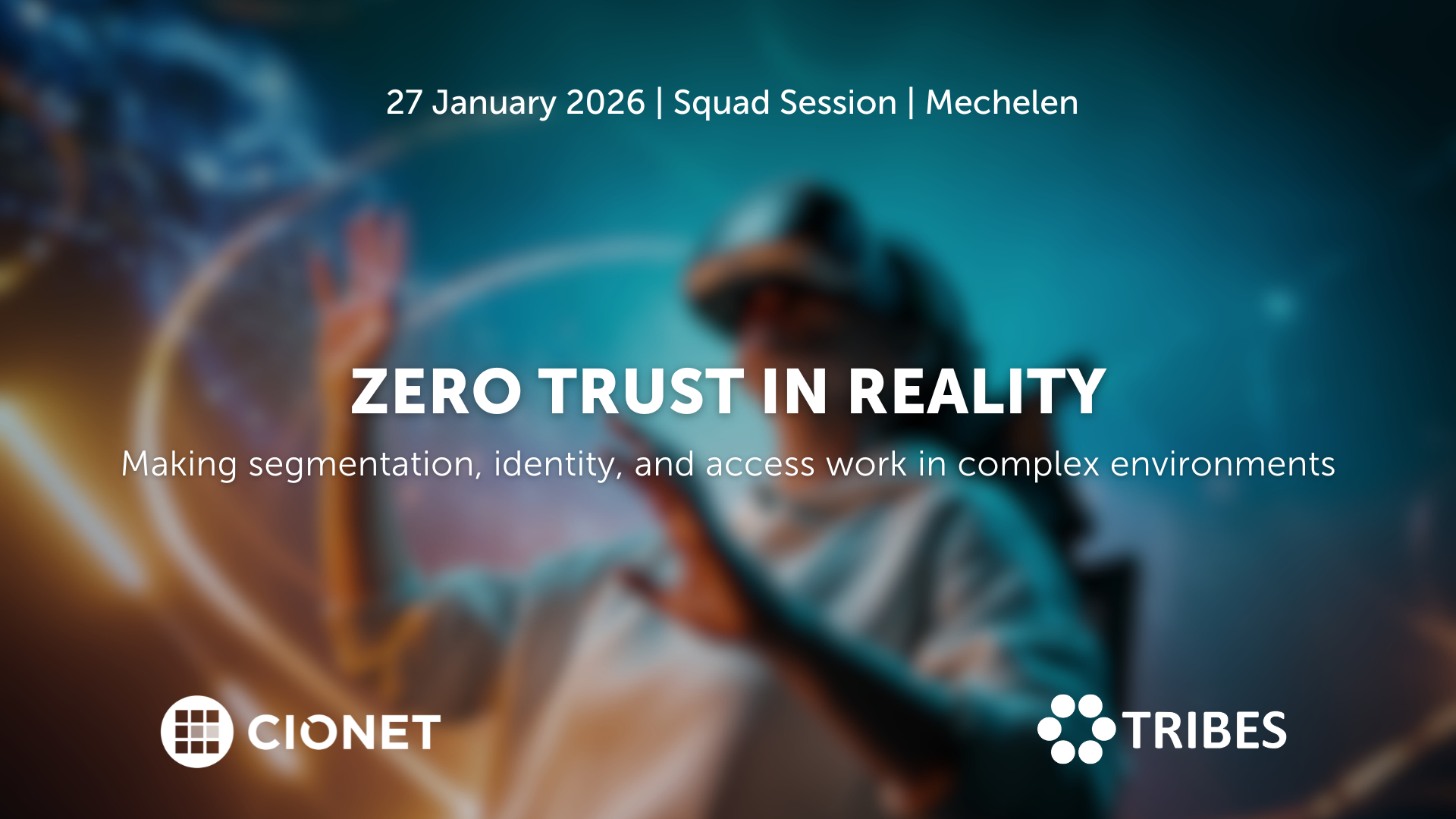
January 27, 2026 Squad Session Invitation Only Physical english
Zero Trust sounds simple on paper: trust no one, verify everything. But once you start implementing it, the fun begins. Legacy systems, hybrid networks, and human habits don’t read the manual. The idea is solid; the execution, not so much.
Read More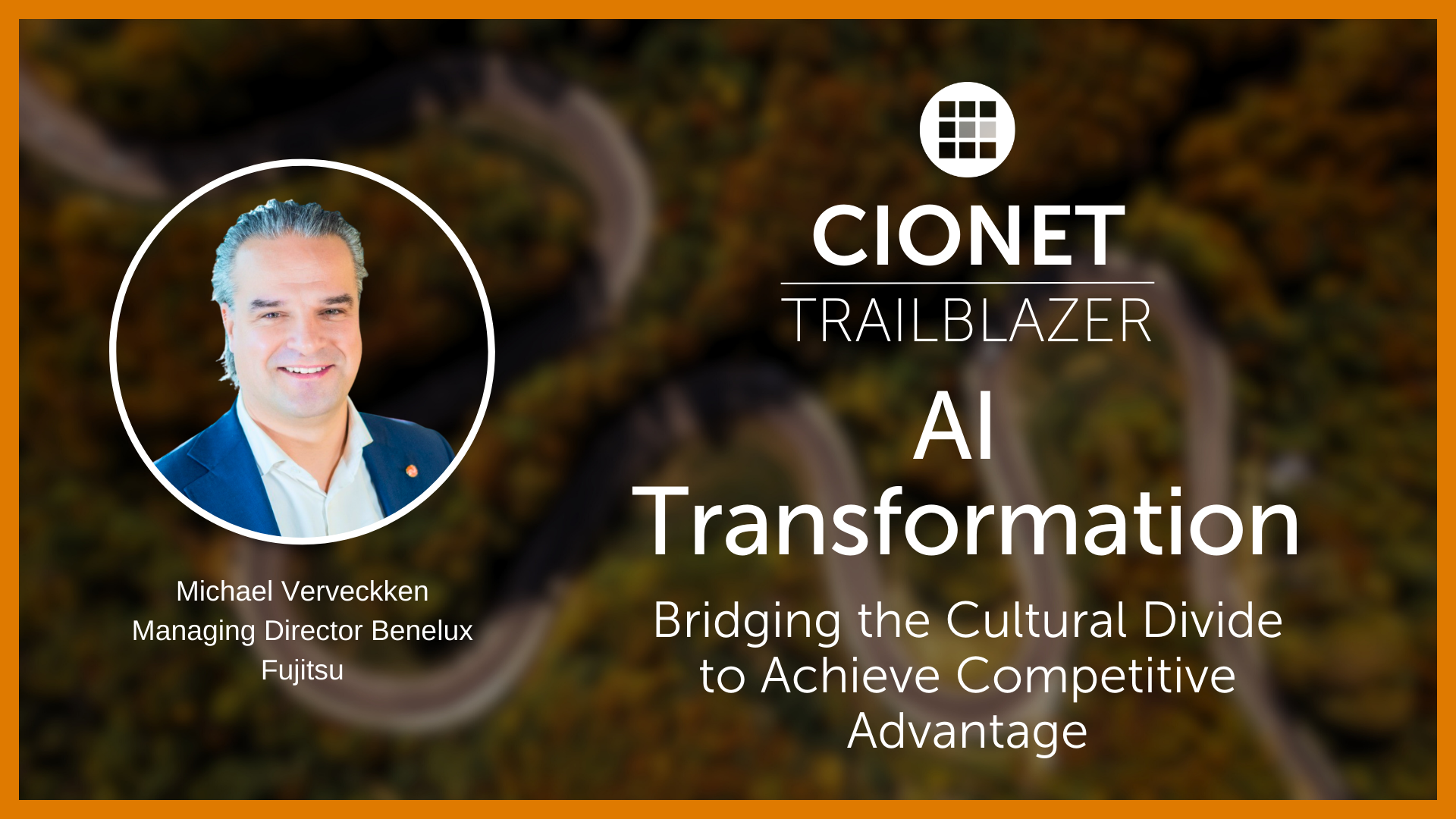
CIONET Trailblazer: AI Transformation: Bridging the Cultural Divide to Achieve Competitive Advantage
Published on: December 17, 2025 @ 9:16 AM
Volkswagen supports computer-aided engineering with a modern operating system
To simplify operating system management, Volkswagen migrated from UNIX to Red Hat Enterprise Linux for Workstations. Now close to 1,000 engineers in Volkswagen R&D now use Red Hat Enterprise Linux for computer-aided engineering (CAE) to support the latest professional graphics processing units (GPUs) and access the high volumes of memory.
To simplify operating system management for its research and development (R&D) engineers, Volkswagen migrated from UNIX to Red Hat Enterprise Linux for Workstations, a stable, supported platform for resource- and graphics-intensive workloads, such as aerodynamics analysis and crash test simulations. Close to 1,000 engineers in Volkswagen R&D now use Red Hat Enterprise Linux for computer-aided engineering (CAE) to support the latest professional graphics processing units (GPUs) and access the high volumes of memory needed for powerful processing. Standardizing on Red Hat Enterprise Linux also helps the automaker’s third-party vendors ensure their software is compatible and certified to meet Volkwagen’s security and performance needs.
At German automotive manufacturer Volkswagen, research and development (R&D) engineers rely on computer-aided engineering (CAE) for many of their tasks, from analyzing aerodynamics during vehicle development to simulating the impact of a collision. These tasks require powerful workstations to run analytics and provide graphical outputs.
“CAE replaced pen, pencil, and calculator for engineering calculations. In addition, running physical crash tests with real cars that were very costly was time-consuming, because you had to build a new car for each test. With CAE, you can run a crash simulation on your workstation, then analyze the data to inform design improvements, ” said Gunther Mayer, Integration Specialist, CAE-Integration, R&D, Volkswagen.
In the early days of CAE, Volkswagen’s team of around 300 R&D engineers ran their simulations on a variety of UNIX desktops—including Silicon Graphics (SGI) IRIX, IBM AIX, Oracle Solaris, and HP-UX—as well as CAE products and tools from close to 100 vendors. These vendors used a variety of Linux distributions, making quality control and assurance more difficult.
As simulations became more advanced, however, this complexity affected productivity. Volkswagen sought a solution that would provide more robust workstation capabilities.
“Over time, crash test models have become more detailed. Today, photorealistic simulations show what happens inside the car in very fine detail,” said Mayer. “Good graphics are required and in turn, hardware acceleration and reliability. We needed a 64-bit operating system with enterprise support.”
After exploring potential operating systems, including 64-bit Microsoft Windows, Volkswagen’s R&D engineering team chose Red Hat Enterprise Linux for Workstations, a version optimized for high-performance, graphically intensive workloads like CAE.
“We decided early to standardize on Red Hat Enterprise Linux because it was stable and offered commercial support,” said Mayer. “Security updates were built in, and we could call Red Hat or raise a ticket if there was an issue. It also has a long lifecycle, like many of our automotive applications, so we could easily keep any legacy version up to date for our engineers to run two - or even five-year-old applications if needed.”
Volkswagen migrated 300 workstations, as well as tools and applications, from UNIX to Red Hat Enterprise Linux to support various processes across a range of departments, from crash simulations to computational fluid dynamics (CFD) for aerodynamics testing. In the years since its initial deployment, more than 1,000 engineers in Volkswagen R&D now use Red Hat Enterprise Linux for Workstations.
A Red Hat Technical Account Manager (TAM) provides consistent, ongoing support for the company’s CAE Linux client team, such as collaborative troubleshooting sessions using a screen-sharing approach for complex challenges. “Talking to an expert is far better than learning ourselves through errors. We just explain what we want to do, and our TAM shows us different approaches and their advantages and disadvantages,” said Mayer.
Support for large amounts of RAM was a deciding factor in Volkswagen R&D’s choice of an operating system—and remains important as processing and other needs change. Its engineers needed an operating system that supported not only powerful CPUs from Intel and AMD but also large amounts of memory. The Red Hat Enterprise Linux for Workstations devices that Volkswagen R&D runs today offer a massive 768 GB of RAM.
“We always use the latest and greatest hardware, including the latest professional GPUs,” said Mayer. “Red Hat Enterprise Linux for Workstation can meet the demands of those new components. The 64-bit Windows workstations lacked the memory needed for our simulations’ OpenGL [Open Graphics Library] graphics.”
To ensure compatibility of all of the third-party software products used by its engineers, Volkswagen R&D set up a workgroup with other industry contributors and automotive software providers to standardize on Red Hat Enterprise Linux.
“Because we need reliable, production-ready technology, we now only install software from vendors who have tested and certified on Red Hat Enterprise Linux,” said Mayer. “Many of them were already running in our UNIX environment, so it was fairly easy for them to port their software and work with Red Hat to gain certification. The certification program is important for our R&D work.”
Focusing on a single Linux distribution avoids duplication of efforts to prepare different versions for different vendors, but also makes troubleshooting faster and easier.
“By uniting on one stable, supported Linux distribution, we know we can work together internally and with our vendors to replicate and resolve any issues,” said Oliver Langner, Application Manager, Group IT, Volkswagen.
Initially, Volkswagen’s IT department worried about the security quality of using a Linux distribution, but the R&D team quickly demonstrated how Red Hat Enterprise Linux helped them meet all security compliance requirements.
“Red Hat provides confirmed security patches for any bugs or vulnerabilities that we can apply quickly,” said Mayer. “Then Red Hat Enterprise Linux for Workstations lets us send the IT department a complete list of all of the security patches installed for faster verification.”
The R&D team’s success with Red Hat Enterprise Linux for Workstations has attracted new users at Volkswagen, including software developers who have added various Python tools and packages and Group Innovation, a user group developing artificial intelligence (AI) data models.
Volkswagen continues exploring new versions of the operating system as they are introduced, including some initial migrations from Red Hat Enterprise Linux 7 to version 8 and starting to build a version 9 client image, to take advantage of the latest features and enhancements.
“Going forward, we see the adoption of a unified CAE Linux client based on Red Hat Enterprise Linux for Workstations across other brands within the Volkswagen Group, such as our server department, as well as externally with software vendors,” said Langner.
276 Views 0 Likes Read More
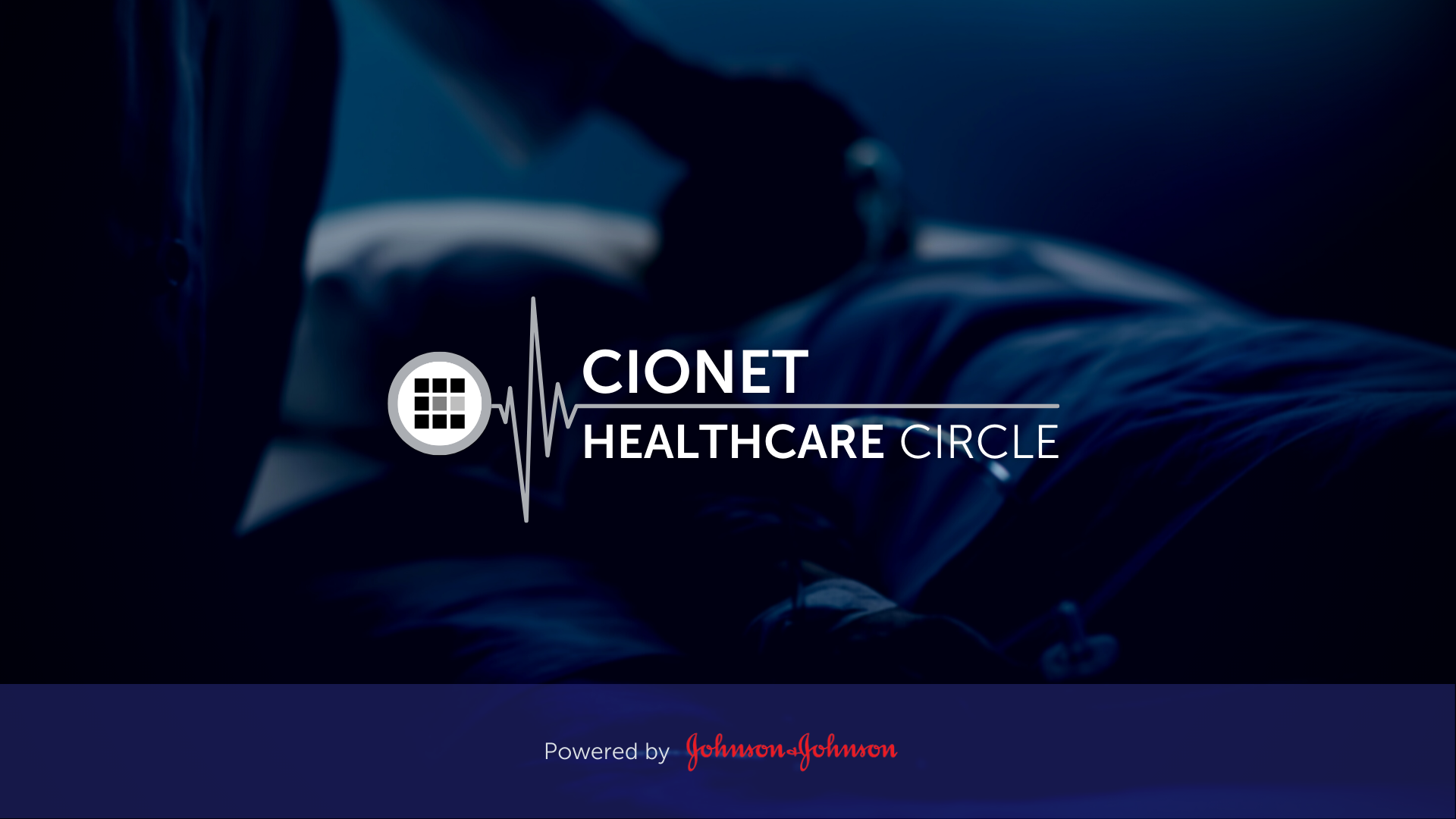
Digital Transformation is redefining the future of health care and health delivery. All stakeholders are convinced that these innovations will create value for patients, healthcare practitioners, hospitals, and governments along the patient pathway. The benefits are starting from prevention and awareness to diagnosis, treatment, short- and long-term follow-up, and ultimately survival. But how do you make sure that your working towards an architecturally sound, secure and interoperable health IT ecosystem for your hospital and avoid implementing a hodgepodge of spot solutions? How does your IT department work together with the other stakeholders, such as the doctors and other healthcare practitioners, Life Sciences companies, Tech companies, regulators and your internal governance and administrative bodies?
Read More
The Telenet Business Leadership Circle powered by CIONET, offers a platform where IT executives and thought leaders can meet to inspire each other and share best practices. We want to be a facilitator who helps you optimise the performance of your IT function and your business by embracing the endless opportunities that digital change brings.
Read More
Découvrez la dynamique du leadership numérique aux Rencontres de CIONET, le programme francophone exclusif de CIONET pour les leaders numériques en Belgique, rendu possible grâce au soutien et à l'engagement de nos partenaires de programme : Deloitte, Denodo et Red Hat. Rejoignez trois événements inspirants par an à Liège, Namur et en Brabant Wallon, où des CIOs et des experts numériques francophones de premier plan partagent leurs perspectives et expériences sur des thèmes d'affaires et de IT actuels. Laissez-vous inspirer et apprenez des meilleurs du secteur lors de sessions captivantes conçues spécialement pour soutenir et enrichir votre rôle en tant que CIO pair. Ne manquez pas cette opportunité de faire partie d'un réseau exceptionnel d'innovateurs numériques !
Read More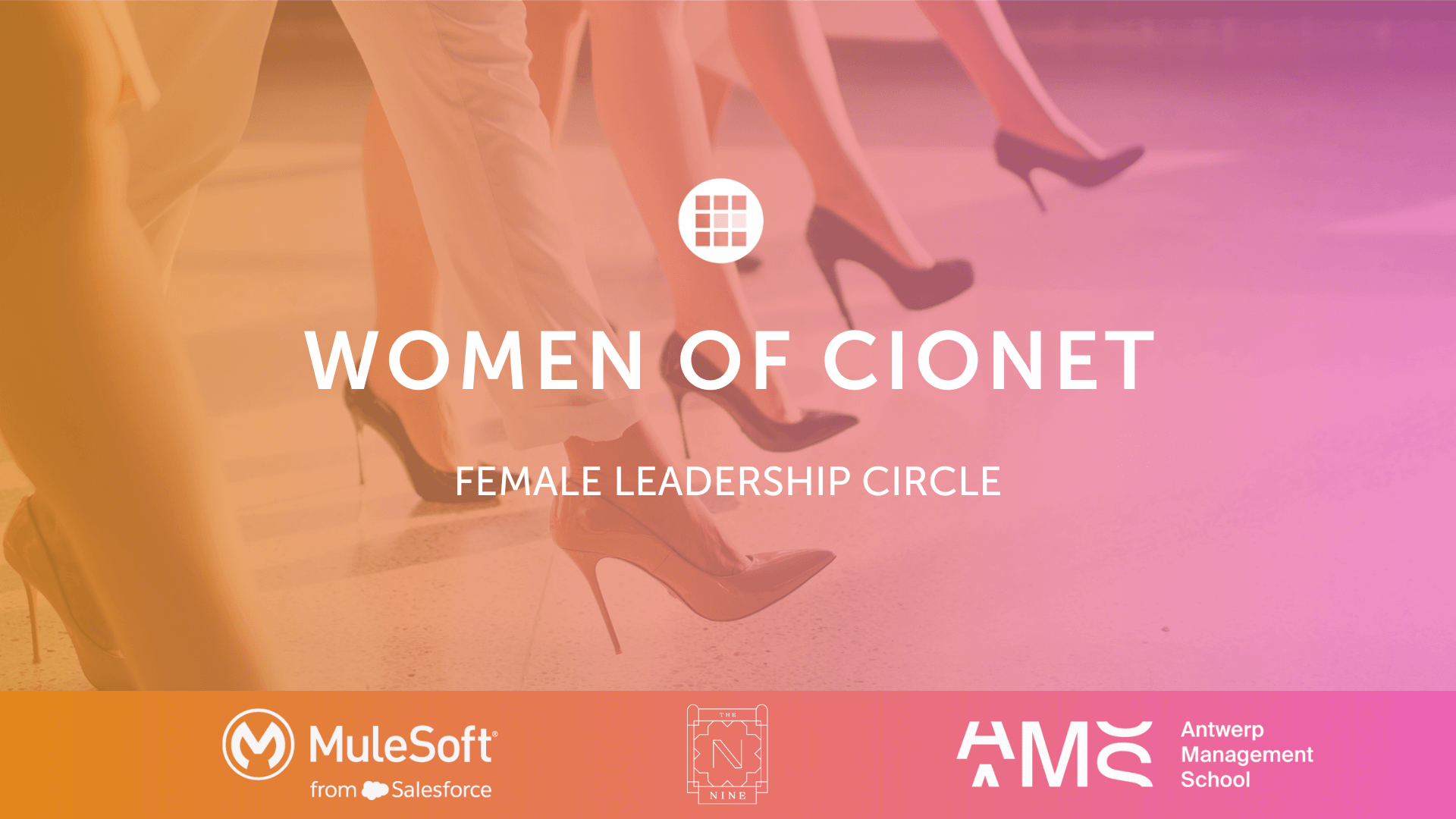
CIONET is committed to highlighting and celebrating female role models in IT, Tech & Digital, creating a leadership programme that empowers and elevates women within the tech industry. This initiative is dedicated to showcasing the achievements and successes of leading women, fostering an environment where female role models are recognised, and their contributions can ignite progress and inspire the next generation of women in IT. Our mission is to shine the spotlight a little brighter on female role models in IT, Tech & Digital, and to empower each other through this inner network community.
Read More


-Apr-01-2022-10-58-34-57-AM.png)

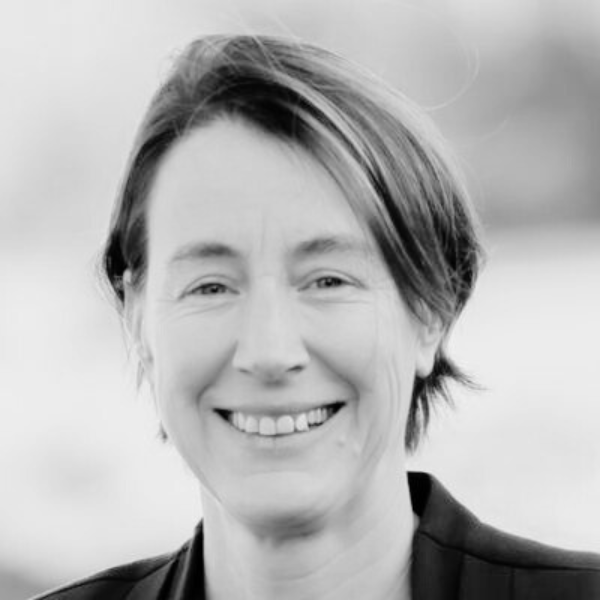



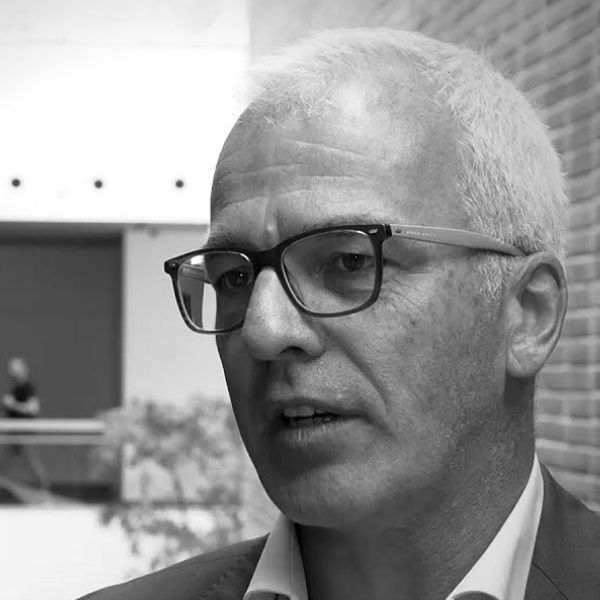

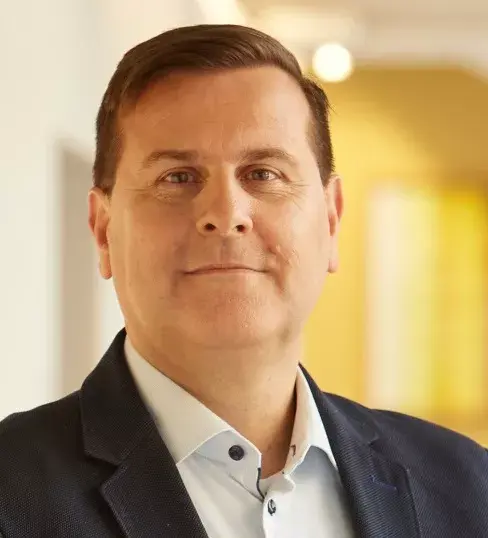

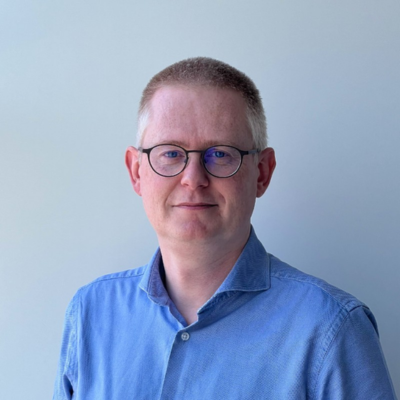

-Dec-13-2023-10-53-15-5032-AM.png)



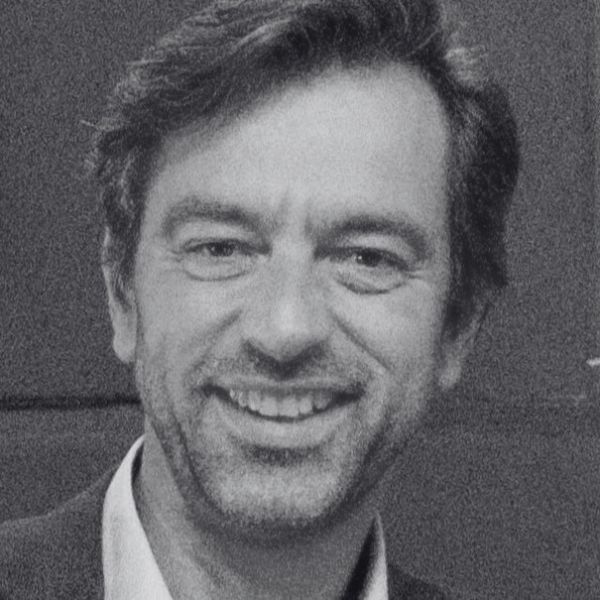
-Jun-12-2023-01-23-11-7540-PM.png)

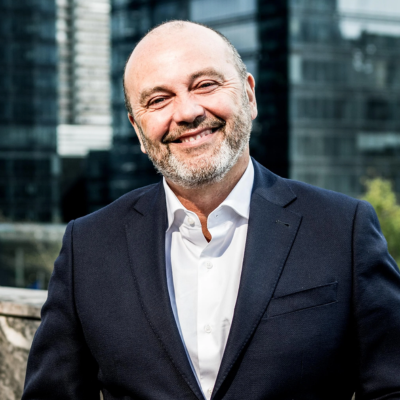



-Apr-01-2022-10-58-34-68-AM.png)










-2.jpg)




-Sep-01-2022-02-47-55-60-PM.png)
-Nov-22-2023-08-56-42-6802-AM.png)
.png)

Would you like to know more about CIONET Belgium, membership or partnership opportunities? Do you have feedback or any other question? Send us a message!
You can either send us a registered handwritten letter explaining why you'd like to become a member or you can simply talk to us right here!